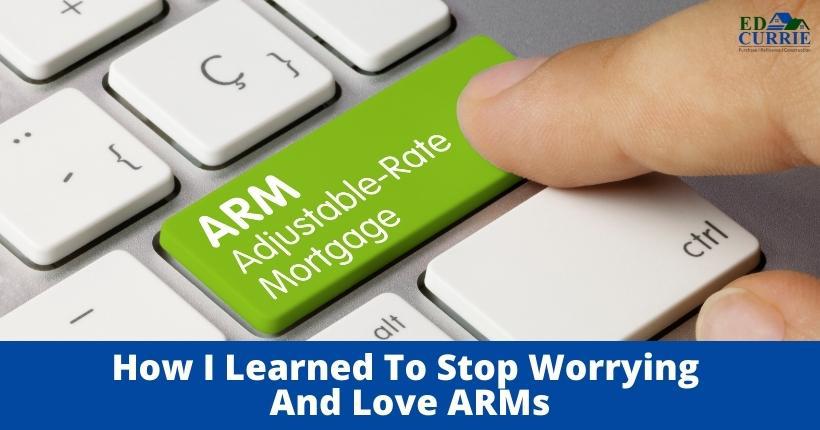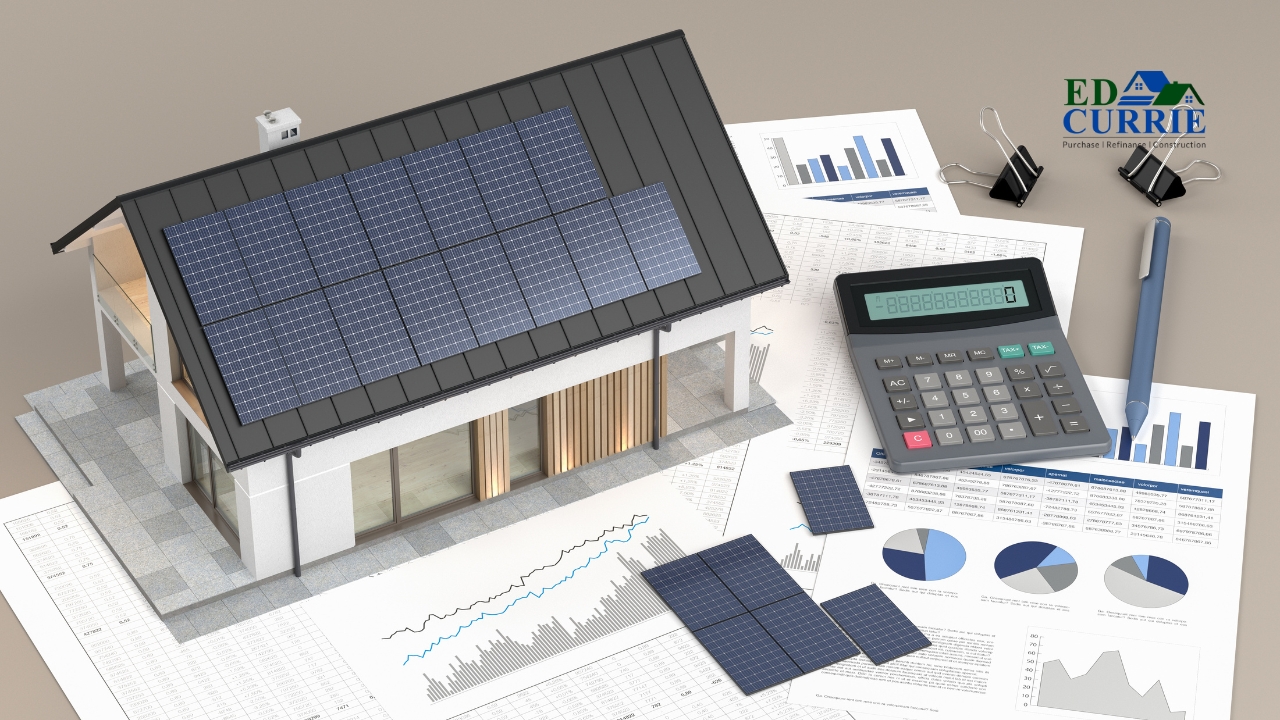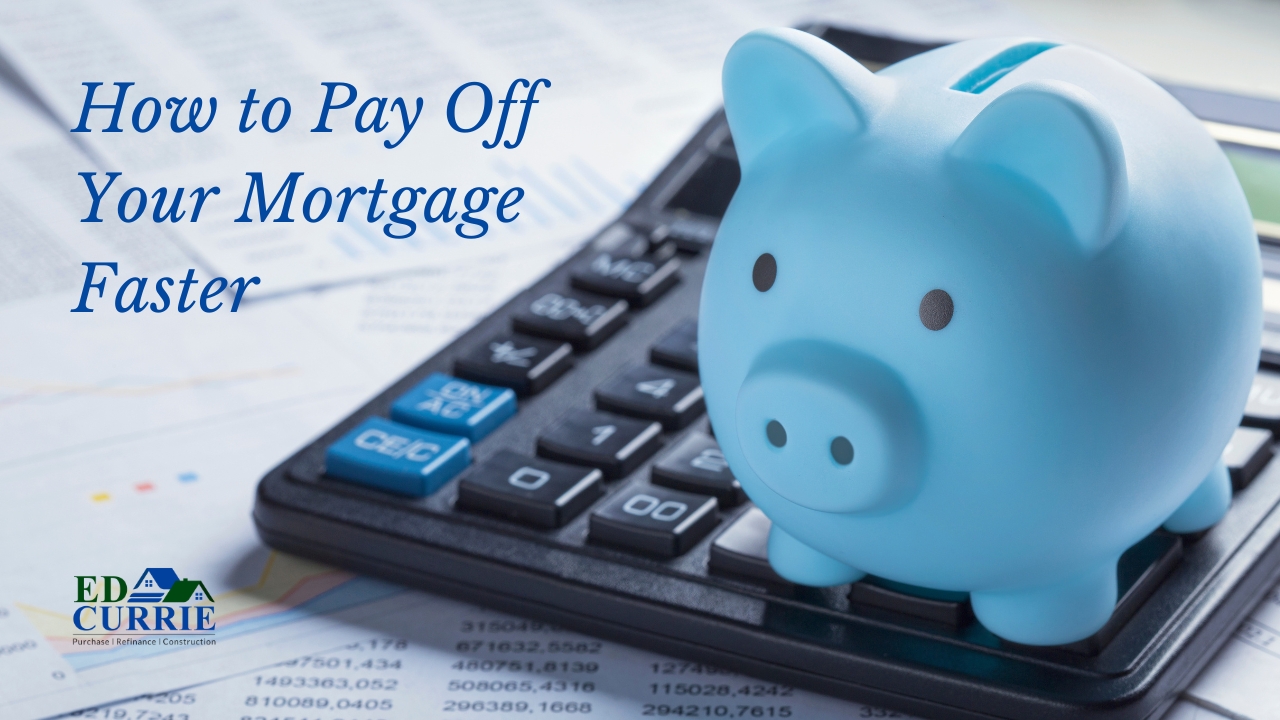Just the thought, idea or hearing the term adjustable-rate mortgage (ARM) can create a negative reaction in people. Some people would prefer riding on an atomic weapon just as Slim Pickens did in Stanley Kubrick’s famous movie than to get an ARM.
This reaction is perfectly understandable. About 90% of mortgages people take out are your vanilla, 30-year fixed (or 15-year fixed) and 90% of articles about mortgage programs will tell you to do a fixed rate and an ARM is never a good idea. Some of the anti-ARM sentiment is based on sensible risk aversion but some of it is based on an inaccurate understanding of how they work. I am not going to advocate for ARMs here, but simply lay out why and when it may be a situation to consider them.
What Is An Adjustable-Rate Mortgage?
An adjustable-rate mortgage is a mortgage that starts with a low fixed-interest rate for one to 10 years, followed by potential periodic rate adjustments. The term of the loan is generally for 30 years. If you did a 10/1 ARM, that means the rate and P&I payment would be fixed for 10 years and then after the 10-year, fixed-rate period, the rate and payment could potentially adjust for the remaining 20 years annually. There is a maximum increase over the lifetime of the 30-year loan. That is generally about 5%. If you start at 3.0%, the max rate would be 8% over the 30-year period.
There is a big difference between a one-year ARM (1/1) and a 10/1 ARM (10/1) for example. A 1/1 would have a rate and payment fixed for only one year whereas a 10/1 would cover you for 10 years.
I’m using a 10/1 ARM for my examples because 10 years is a long time. Statistically, the average time people are in a home is 8.5 years. That covers the first-time homebuyer to the family buying their forever home. Life happens and people make changes in their lives and where they live is a big part of that. Unexpected events like a new job, needing more space than you thought, or a relationship change all impact how long someone will stay in their home.
The average time someone has a mortgage is 6.3 years. This covers the first-time homebuyer to the family buying their forever home. Why is it so short? For those who don’t move, people will pay off their loan to refinance at a lower rate, shorter term, take cash out, get rid of PMI or other reasons.
So if people are in their homes for an average of 8.5 years and in their loan for an estimated 6.3 years, wouldn’t it make sense to at least consider an ARM if it makes sense?
When An ARM May Make Sense
Market Conditions: It makes sense to consider an ARM only when the difference in rate is significant. Currently, the difference between the 30-year fixed and the 10/1 ARM is about 0.75%. When the difference is 0.5% or more, it makes sense to consider an ARM as the monthly and long-term savings can be significant.
Length of time in home: If you think you’ll only be in your home a short period of time, like five years or less, it makes sense to consider an ARM.
Rate Cycle: Mortgage rates tend to cycle up and down every 1-3 years. Google a chart of the 10-year US Treasury note, and you will see the fluctuations almost like clockwork. If we are in an increasing rate environment, an ARM may make sense as we will be closer to the down cycle.
You have a higher risk tolerance: An ARM carries risk whereas a fixed rate does not. There is no debating that. However, if you are comfortable with this risk, the lower payments and quicker principal paydown (yes you pay off your loan faster with an ARM) may be worth it.
ARM Strategy
You don’t get into an ARM with the plan to sit in it for 30 years and see what happens. If that is your plan, don’t do an ARM.
If you do an ARM, you want to watch the market to potentially refinance to another long-term ARM or refinance to a fixed rate when rates come back down. Over a 10 year period, there will generally be two or three cycles where rates go up and peak and come back down and bottom. When we hit that perceived bottom, you reassess how long you may be in your home and refinance if it makes sense. With a longer-term ARM, there should be ample time to extend your low rate or move over to a fixed rate.
When You Should NOT Do An ARM
If the thought of having an ARM (regardless of how long the rate is fixed for) will keep you up at night, an ARM is not for you.
If there is very little difference between the ARM and fixed such as 0.125%, it doesn’t make sense in my opinion unless you are absolutely sure you’ll be in the home for a short period of time.
If you’d prefer to just lock the rate and not think about it, an ARM is not for you.
Just like investing, there is no one-size-fits-all mortgage. Fixed rates are very popular because they make sense for a lot of people. As you can see, ARMs may make sense for some people. With the large spread between fixed rates and ARMs right now, it may make sense for you to consider an ARM as well.
If you have any questions, I’m here to help! Call 847-214-2404 or contact me on our website. For more tips and our latest updates, check us out on Facebook, Twitter, LinkedIn or Pinterest!






